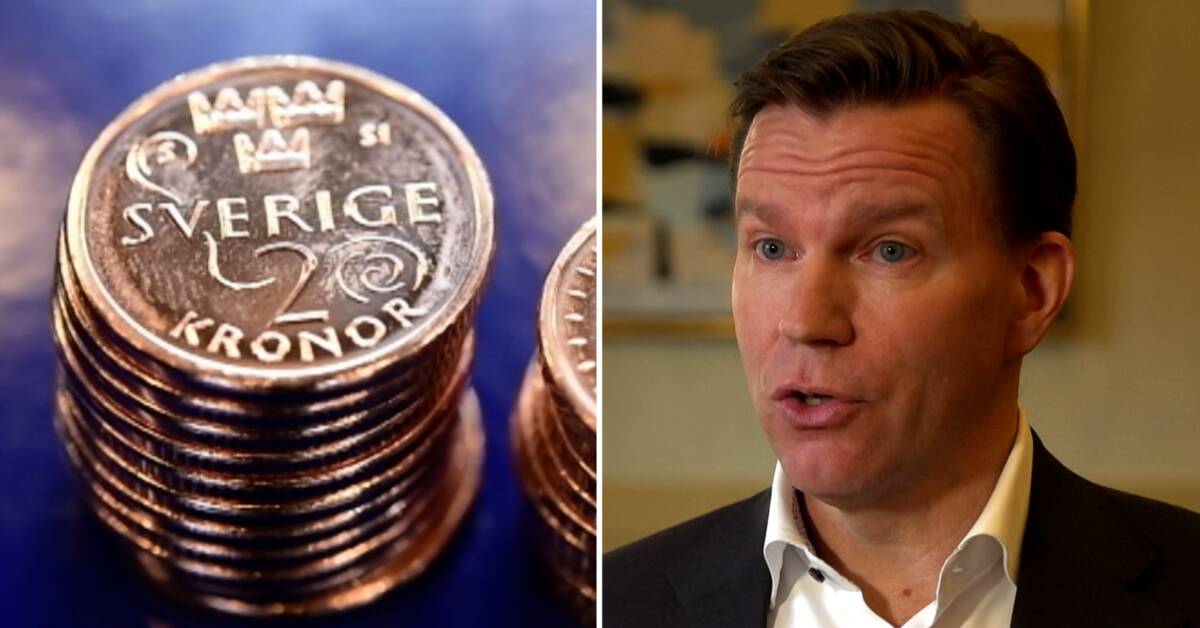The rate of inflation slowed slightly in January, but remains at high levels.
Lower electricity prices come as a relief, but now a wider price increase is taking over.
Goods and services generally pull away in price.
Really rising fuel prices helped keep inflation up, as did rising car prices.
Food, restaurant and accommodation services and furniture also became more expensive, as did higher housing costs.
Jens Magnusson, chief economist at SEB, says that there are indications of continued upward pressure on inflation.
- Even if electricity prices fall in the near future, we will overall have high energy prices for a while longer.
This makes companies' costs high and increases the pressure to raise prices in the future, he says.
Lower income tax and higher income and pensions mean that general income is expected to increase for most households by 2022. However, high inflation means that there will still be less to live on when expenses are paid.
Press to raise the interest rate
Excluding electricity prices, the inflation rate has risen from 1.7 per cent in December last year to 2.5 per cent in January this year.
This is the highest quotation since 2009. According to Jens Magnusson, it may pressure the Riksbank to raise the interest rate earlier than has been said so far.
- We believe that the Riksbank's own forecast that it will not touch the interest rate until the second half of 2024 is a little too calm.
Rather, they will look at the interest rate in the second half of 2023, he says.
According to new statistics from Statistics Sweden, inflation, price changes on an annual basis landed at 3.9 per cent, roughly in line with previous assessments.
In December, the inflation rate was 4.1 per cent, according to the CPIF measure.
Reminiscent of the United States
The so-called core inflation, adjusted for energy prices, is also a measure that the Riksbank looks at extra closely.
So far, the Riksbank's management has mostly dismissed the inflation threat as a temporary effect of the high electricity prices.
- This means that it can not be ruled out that the Riksbank may also change its footing, as the US Federal Reserve has done and the ECB has begun to do, says Susanne Spector, chief analyst at Nordea.
Susanne Spector now seems to see a similar discussion here in Sweden as the USA had last summer, before prices set off on a broader front.
- We may follow in American footsteps, albeit later, she says.
The US now has inflation of around seven percent and a central bank that has flagged several interest rate hikes this year.

